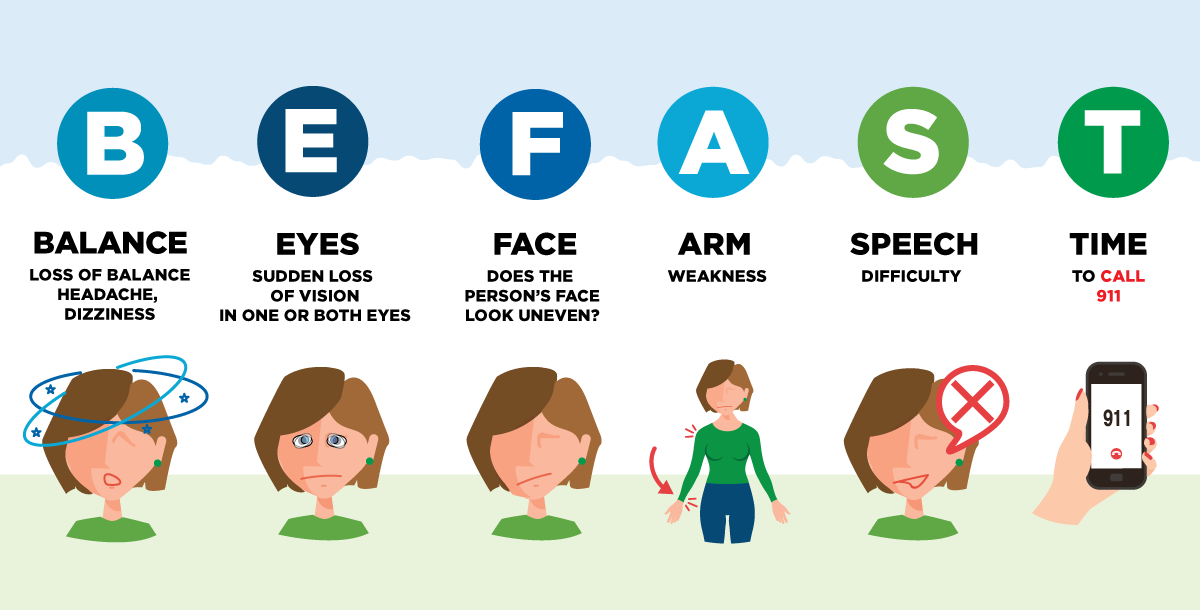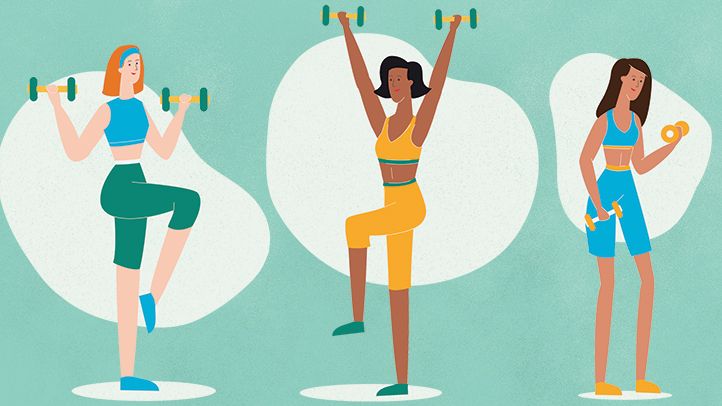
A stroke, also known as a cardiovascular accident, occurs when something blocks the blood supply to part of the brain or when a blood vessel in the brain bursts. The results are often catastrophic for survivors, as the most common symptoms involve muscular control, vision, and speech impairment. For those whose cases boast a good prognosis, the recovery journey may be long and challenging, I am going to tell you about the exercise portion of that recovery.
I’ve been working with a client for several months now, we’ll call him “M.” M is a stroke survivor and has the best attitude and dedication that I have ever seen. After having a stroke and being hospitalized for several months, as well as having other related health problems develop, M would have all the reasons in the world to be down on his luck and grumpy with life, but that is not the case here at all. M came to me with the simple goals of wanting to have control over his body back and to start getting stronger again. I was happy to work with him and the journey began.
The American College of Sport Medicine (ACSM) recommendations are as follows:
Frequency:
Aerobic – minimally 3d•wk, preferably up to 5d•wk,
Resistance – at lease 2d•wk,
Flexability – ≥2-3d•wk with daily as most effective
Intensity:
A: 40%-70% of HRR or RPE 11-14 on a 6-20 scale
R: 50%-70% of 1-RM
Time:
A: Progressive increase from 20-60min
R: 1-3 sets of 8-15 reps
F: 10-30sec holds 2-4 repetitions
Type:
Exercises that are safe and accesible to the individual, modifications may need to be implemented for balance and gripping.
ACSM’s Guidelines for Exercise Testing and Prescription 2022
Because strokes have a range of effects based on where the brain was damaged there are many, and I mean many different ways this can exhibit itself in the patient. Some clients may have altered speech, while others may have trouble walking, this is why getting to know your clients is the most important way to begin any sort of program.
Because of the impact of the stroke on the person’s mobility, it is important to focus on types of programming that are accessible to your particular client. Some people may be totally comfortable jumping on a treadmill and walking, while others might prefer having a seated position on a bicycle. These little alterations and modifications are what makes the program not only possible but enjoyable.
If someone doesn’t feel comfortable doing something the worst thing that you could do is make them do it. It’s most likely that you’ll have someone that does not enjoy every single thing that you do, and that’s OK, it’s fine to have a few things that you suggest be adamantly turned down by your client, the way you respond to it is what matters.

My client was game for just about anything I could throw at him related to strength training. But anything related to cardio he vehemently disliked. I later learned that that’s because of the way it makes his blood pressure rise and makes him nervous about his body.
What we found is that his goals were congruent with working mainly with free weights and focusing on building muscular strength. Our general routine followed a simple pattern
Warm-up on Seated Bicycle for 7-10min
Move to the free weights area of the gym
Work on resistance and strength exercises He’s familiar with
Introduce some new exercises and practice them
M sees me twice a week, and is always ready to push himself and surmount the next challenge. Often He’ll be quick to tell me that an exercise we do, “never could have been done” before he started working on an exercise program. In the last few months of working together, we have seen amazing improvements; body composition changes, gained strength and improved stamina are top reported results.
It all comes back to accessibility and consistency. We started by using very light weights and I would help to guide the movement. It progressed to Em using very heavy weights and not needing assistance. We stayed away from machines and cardio, and focused on functional movement that would help him in his day-to-day life. With a focus on encouragement and determination, M’s goals are being achieved.
Leave a Reply